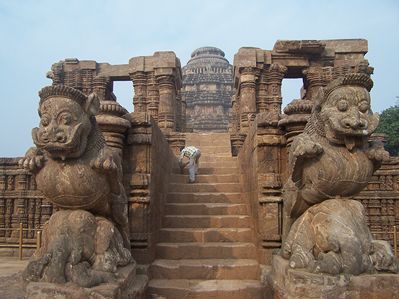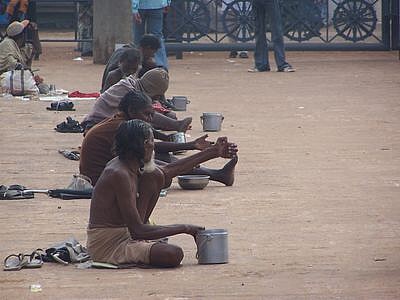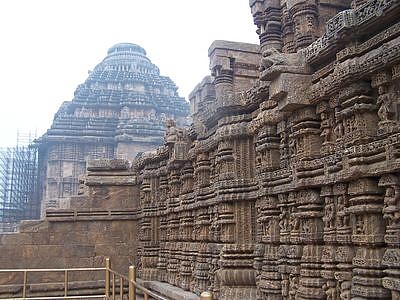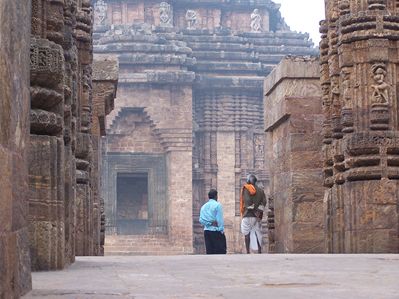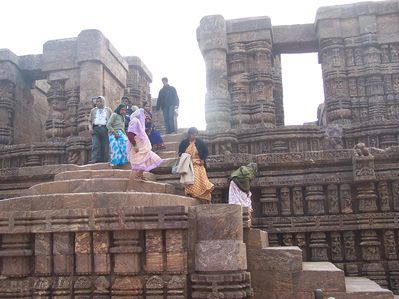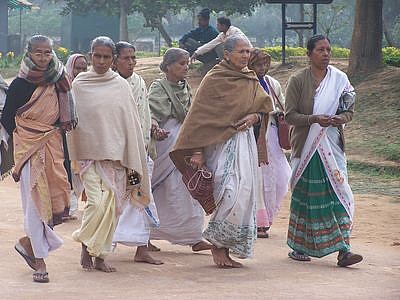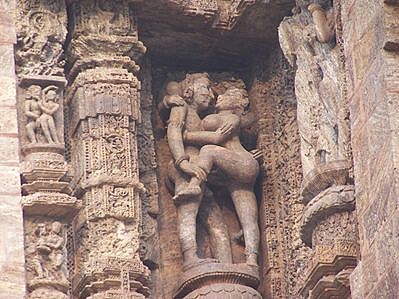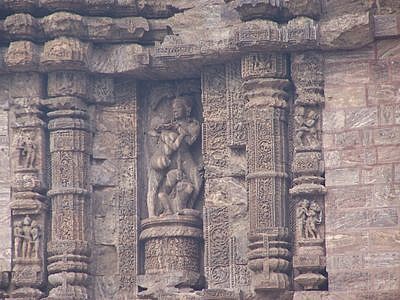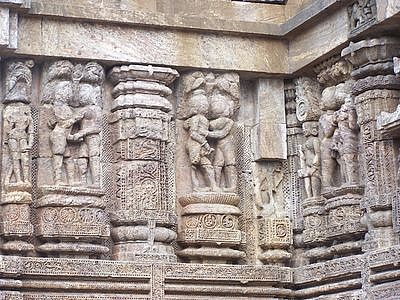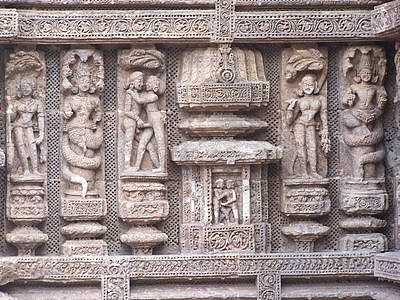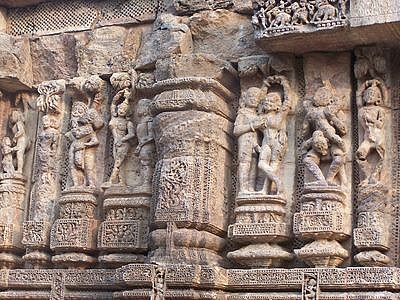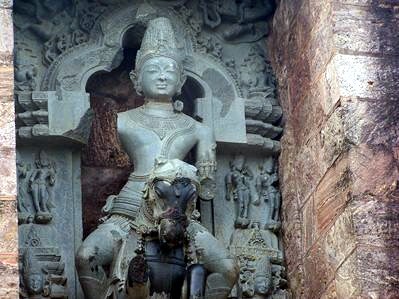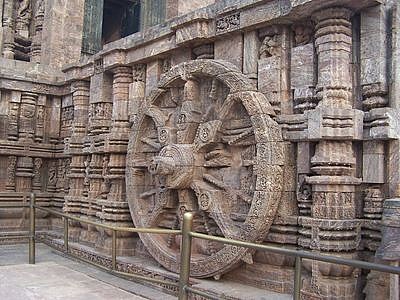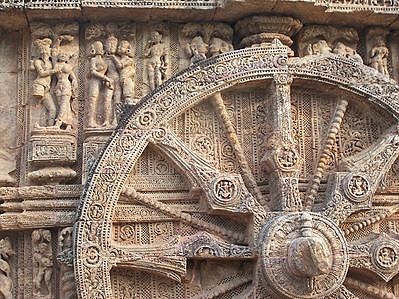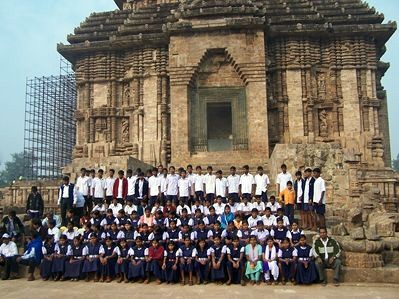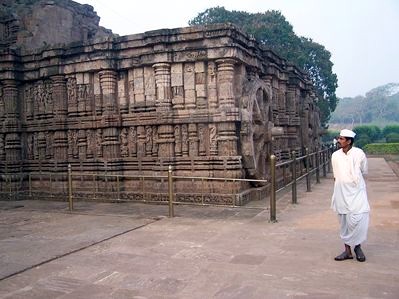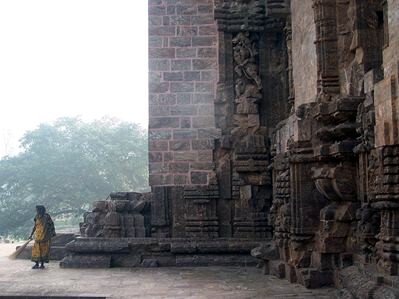It is still a little cold but the sunlight is blinding. Little after the Ethruscan museum we turn towards the mountains. The road crosses over the Rhine (Reno) and then starts climbing up. These are not real mountains, they are only around 400 to 700 meters high, but winter must have been real tough here. In Bologna, the trees are already full of flowers while here the first leaves are just struggling to burst out of wintery skeletons of the trees. The new grass has that lovely shining green colour that looks velvety. When we read the top of the crossing between San Martino and Casaglia (pronounced Cazalia), the endless hills look wonderful and far away we get glimpses of the highway with cars rushing over it.

It is so beautiful. The first ruins of the church and the houses in San Martino, look like the antique Ethruscan ruins. They all seem to be white-washed, all clean and blindingly white. There are no signs of bombs that were thrown here, of machine guns that had killed so many, fires that blazed. Did they scream? Those old men and women and children? Did they ask for pity from the young Nazi soldiers?

Pietro, our neighbour told me about the tragedy in Marzabotto. Around end of September in 1944, German soldiers killed a total of 771 persons in the villages here. Perhaps they were angry and frustrated, they were losing the war and partisans from Marzabotto were hiding in the hills and attacking them regularly. They took out their anger on children, women and elderly, who were left at home. Among the dead were 315 women and 189 children below 12 years.
In Casaglia, they killed the priest Don Ubaldo Marchioni in the church below. Other persons hiding in the church were marched to the cemetry near by. The door of the church was blown out by a bomb. It seems difficult to belive all of it happened in this calm and beautiful place. The grass is bursting with tiny margerita flowers and air is thick with smell of flowers.


The cemetry is around 250 meters from the church. It is a small and simple place, with a few broken down tomb stones and some old pictures fixed to the wall. A board outside the cemetry says:
Hitler said, "We have to be cruel, we have to do with our conscience in peace, we have to destroy technically and scientifically." A survivor of the killings says,"29-30 September and 1 October 1944 were the worst days, even if some killings continued even after these days. Early in the morning I could see 54 houses burning. There was a group of them applying fire to the houses. We had all gathered in the square in front of the church. We were told that nazi and fascist soldiers were coming but their fight was with partisans and elderly, women and children could stay in the church. They broke open the door, we were all forced to come out and they beat many of us, laughing all the time. The priest was killed near the altar. We were led to the cemetry. Inside they started to fire at us. We were trying to hide behind the wooden crosses and the tombs. They were firing low so as to kill the children also. They also threw in some bombs." A total of 195 persons including 50 children were killed in the cemetry.

Afterwards we went to the sacrario in Marzabotto, where the bodies of 771 persons are buried. Pietro used to come here. His sister, sister-in-law and father are buried here. The day they were killed Pietro's 14 year old sister wanted to come away with them but Pietro had stopped her. Sister-in-law was pregnant, almost in the ninth month and could need help, he had said, you stay here, you are only a child, the soldiers won't do any thing to you. "I got her killed, she coould have been saved", he would say.

As we sat in sacrario to remember Pietro, my mind was wondering to remember all those persons I knew and who are dead. My friends, my maasi, my buas.
And, I was wondering about the killings in India, like the 1984 killings in Delhi, like 1992 killings in Bombay, like 2002 killings in Gujarat, like the on-going killings in Kashmir and in so many places. Most of the time in India, the killers from such massacres are never brought to jail, the persons killed are never acknowledged. At least Pietro had the satisfaction of history condemning those nazi soldiers, some of them were brought to trials. The memory of those dead is honoured and there bodies are buried in sacrario, this monument to those killed. In India, none of this happens. How do the families, the children, live with this knowledge, with this burden and pain?
In India, most of the times these bodies will be cremated. There is no place identified with the person who is no longer there. The person becomes invisible, and memories are only that, memories without places to bind them into. Does that has some thing to do with the way we remember our dead and we ask for justice for them?

